Alfa Romeo is plotting a revival of the GTV as an electric four-door coupé flagship under a sweeping revival plan that will include a major revamp of its model line-up, Autocar has learned.
Seen as a technological flagship for Alfa Romeo’s future line-up, the modernday GTV is one of a number of proposed new models being considered by the Italian brand’s new CEO, Jean-Philippe Imparato, to spearhead its embracing of electrification and other key technologies.
“There’s no announcement at this stage, but [in] the GTV I’m very interested,” said Imparato, the former Peugeot boss who took control of Alfa Romeo in January.
Autocar has been told that proposals for the revival of the GTV extend from a retro-inspired two-door coupé to a contemporary four-door coupé in the mould of the BMW 4 Series Gran Coupé, with both electrified combustion engine and pure-electric drivetrains possible.

There’s no clear indication yet as to the direction it will take, but planning documents referenced by Alfa Romeo insiders suggest that it could be targeted at the Tesla Model 3 and newly unveiled BMW i4 electric saloons.
The GTV name has been used by a number of different Alfa Romeo coupé models over the years, most recently for a two-door 2+2 sold between 1995 and 2005.
Under an earlier strategy, the GTV name was planned to be revived for a two-door version of the Alfa Romeo Giulia saloon. However, despite being developed to production maturity, its introduction was cancelled earlier this year.
Imparato has some form for using retro designs to promote electric technology. During his time at Peugeot, he approved the much admired e-Legend concept, an electric coupé with muscle car styling inspired by the 504 Coupé. Although Peugeot ruled out a production version because it wouldn’t be commercially viable, Alfa Romeo’s more upmarket position could potentially justify a premium-priced electric coupé.

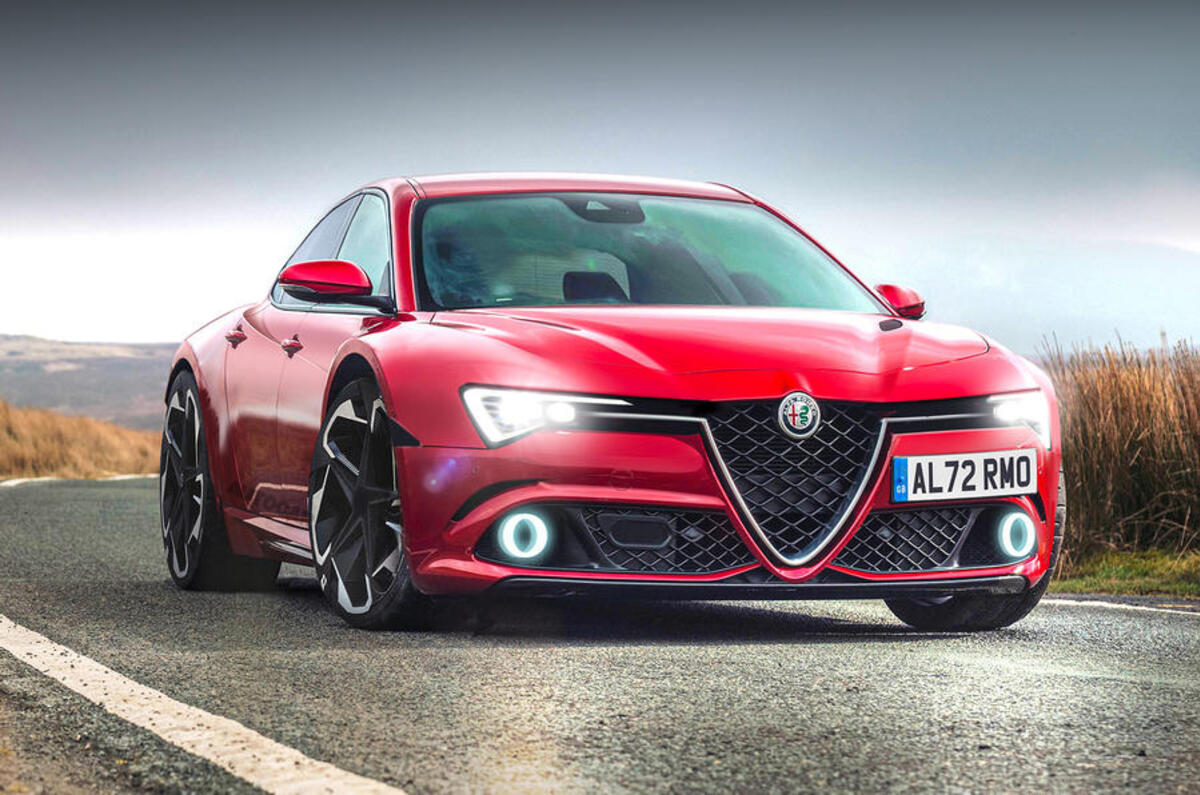
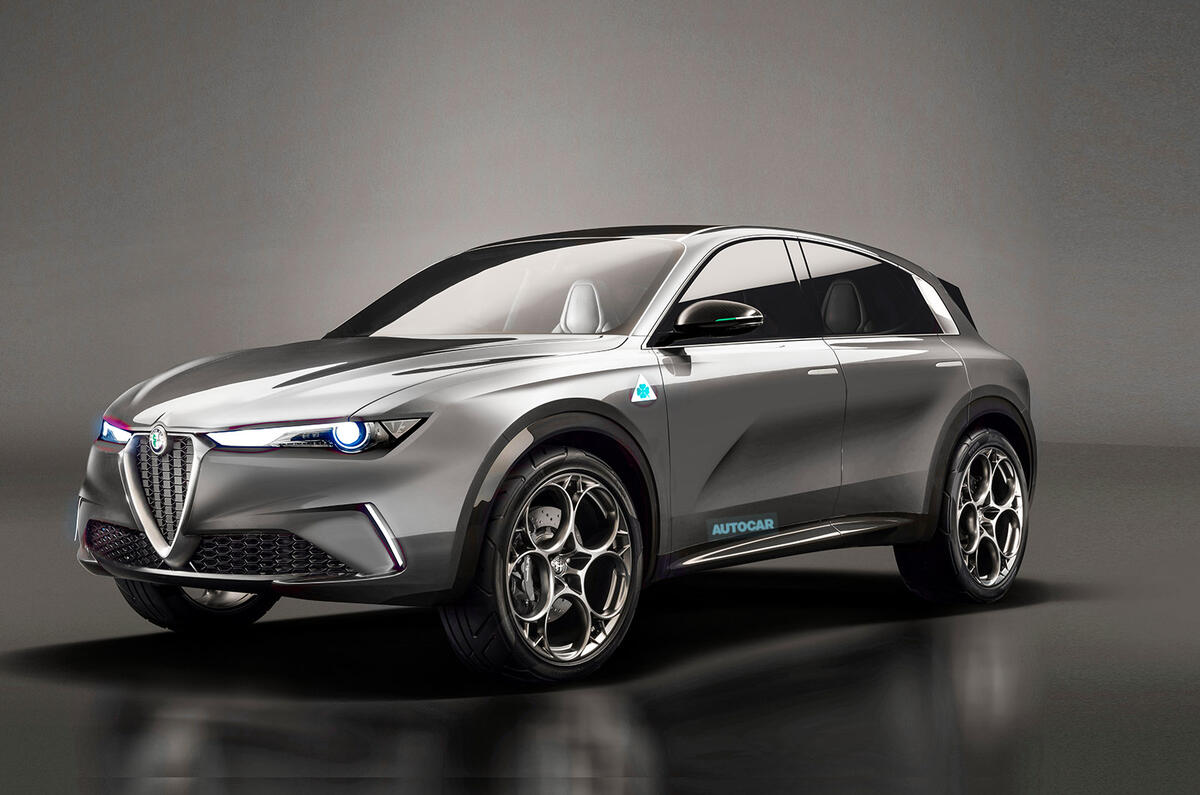
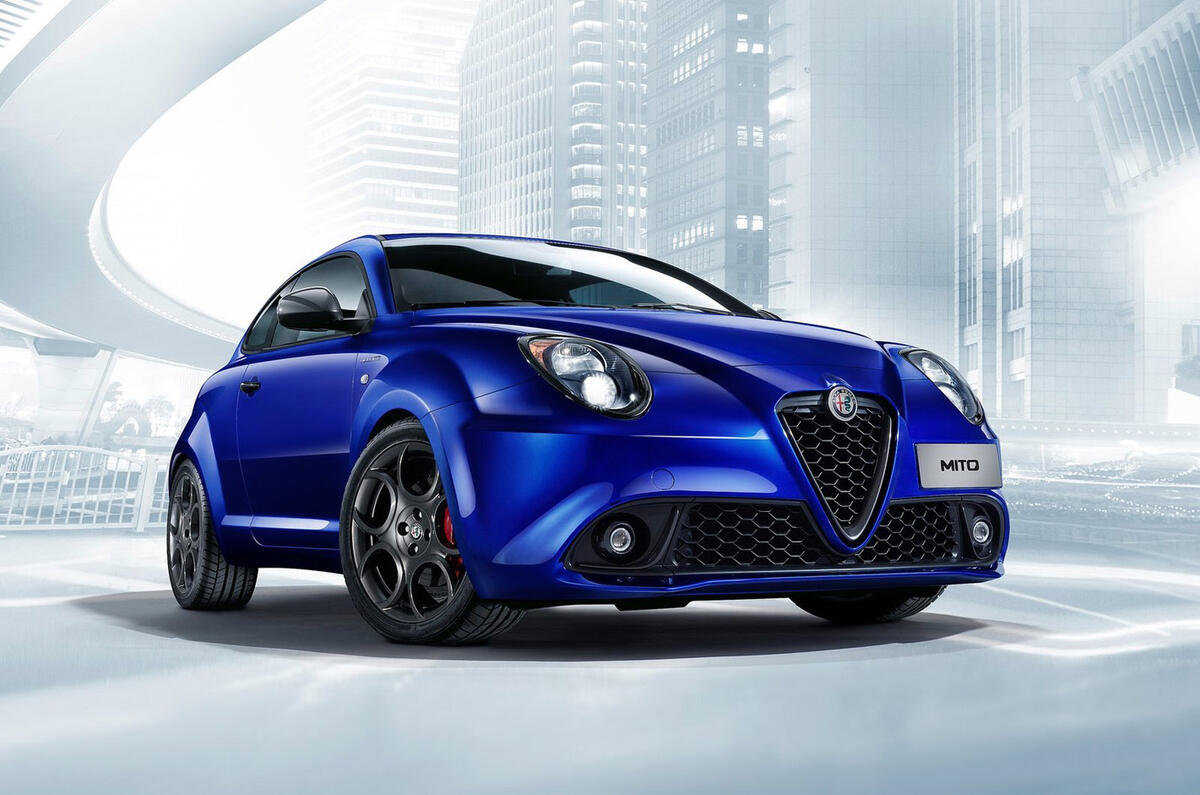
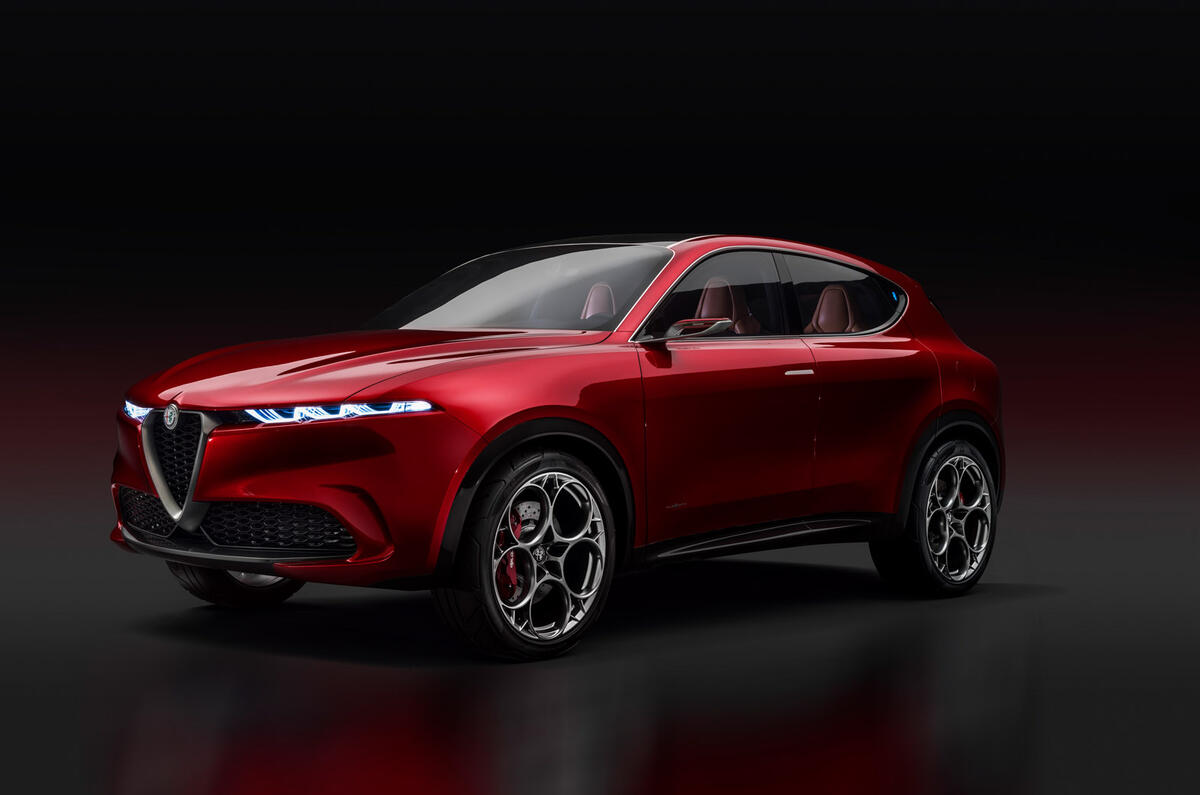
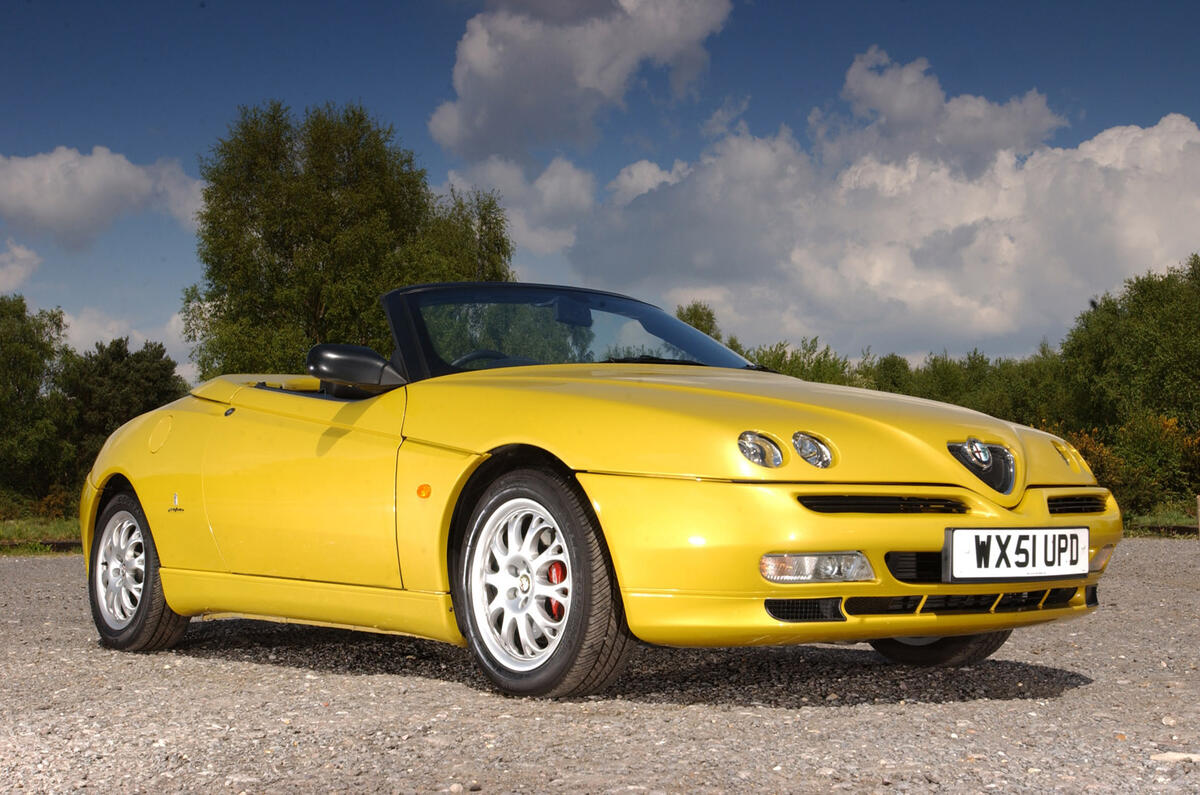
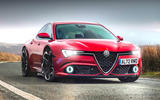
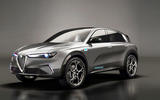

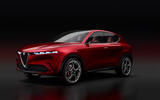





Join the debate
Add your comment
I really like the render of the Alfa Romeo GTV mock up, the proportions are great. Simplify the front end, and have the proper Alfa grille shape, and it would be amazing.
So the way to "fix" Alfa Romeo is to revert to making it just another badge on a corporate platform. Do they ever learn from history? Sounds like a sure way to ruin Alfa. The reason the Giulia and Stelvio are so good is that they have their own, purpose-designed platform, the Giorgio - NOT a version of a platform that is supposed to be all things to all brands to all buyers. Yes, I know Alfa needs to sell more cars. But Alfa is not, and won't ever be, Audi or BMW. Nor should it be. Recognize that it's a lower-volume brand, and develop a business plan to take advantage of what it is, rather than try to turn it into something it's not. Develop a strategy to make it more profitable at relatively low volumes. Don't try to make it into a zilllion-annual-sales brand. Because it won't be. It's somewhat encouraging that they are trying to incorporate some of the Giorgio platform's greatness into the next corporate platform, but that they need to in the first place illustrates the massive compromising that is inherent in trying to make a corporate-wide platform be all things to everyone. Looks like I'll either keep my 2018 Giulia for a long time or buy one of the last new ones before it's replaced.